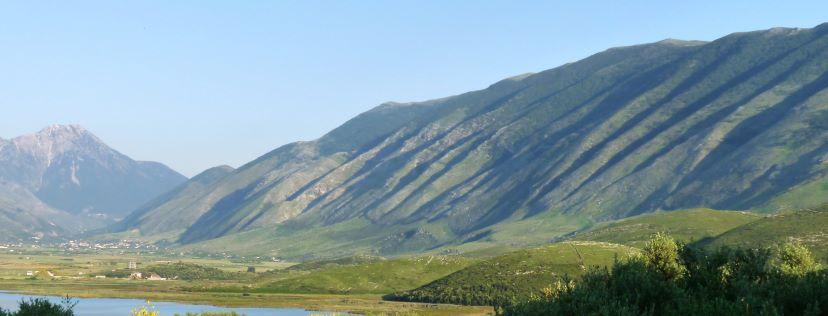
Lead supervisor: Alex Copley, Earth Sciences
Brief summary:
It is over 50 years since the first papers about plate tectonics were written, but we still lack an equivalent understanding of distributed continental deformation belts; this project will fill that gap.
Importance of the area of research concerned:
The continental crust and upper mantle contain dramatic lateral variations in strength, because of the long and eventful geological histories they have experienced. These strength contrasts control many aspects of continental tectonics, such as the locations and characteristics of earthquakes, and the sizes and shapes of mountain ranges and basins. However, we lack a global understanding of the nature, causes, and implications of these strength variations. This lack of understanding in turn limits our ability to comprehend the distributed deformation of continental regions, which cannot be described by traditional plate tectonic theory. Addressing this topic is crucial for understanding why continental tectonics operates in the way it does, which controls the nature and distribution of earthquake hazard, and many first-order features of the geological evolution of the lithosphere.
Project summary :
This project will use a wide suite of observational and modelling techniques (including earthquake seismology, InSAR, the analysis of gravity anomalies, thermomechanically-coupled deformation models) to quantify the nature and degree of lateral and vertical variations in the rheology of the continental lithosphere. This aim will be achieved by mapping seismogenic thickness, earthquake stress drops, elastic thickness, and the viscosity of the ductile crust and upper mantle, over wide areas of distributed continental deformation belts. These strength metrics will then use used in conjunction with deformation models to establish the dynamic causes and consequences of the strength contrasts, and therefore understand the mechanical underpinning of the nature and distribution of deformation belts and earthquake hazard.
What will the student do?:
The student will initially focus on a region of the Alpine-Himalayan deformation belt, which contains multiple candidate study areas (further details available on request). They will perform earthquake source inversions, the observation and modelling of postseismic transient deformation, and the space- and frequency-domain analysis of gravity anomalies. Combined, these techniques will allow them to map the distribution of earthquake stress drops, the seismogenic thickness, the elastic thickness, and the post-earthquake viscosity of the ductile part of the crust and upper mantle. The student will then use numerical models (previously developed by the supervisor) to further quantify the rheology of the ductile part of the lithosphere, based upon the characteristics of the surface deformation. These constraints on the rheology will then be used to drive a series of dynamic models that explore how the strength variations have been generated, and how they control the nature of the tectonics from the scale of large deformation belts to individual fault zones.
References - references should provide further reading about the project:
C. Penney and A. Copley, 2021. Lateral variations in lower crustal strength control the temporal evolution of mountain ranges: examples from south-east Tibet. Geochemistry, Geophysics, Geosystems, 22, doi:10.1029/2020GC009092.
S. Wimpenny, A. Copley, C. Benavente, and E. Aguirre, 2018. Extension and dynamics of the Andes inferred from the 2016 Parina (Huarichancara) earthquake. Journal of Geophysical Research, 123, doi:10.1029/2018JB015588.
L. Knight, A. Copley, C. Bertoni, R.A. Sloan, and R. Walker, 2022. Links between foreland rheology and the growth and evolution of a young mountain belt in New Guinea. Geophysical Journal International, 228, 1684--1712, doi:10.1093/gji/ggab427.
Applying
You can find out about applying for this project on the Department of Earth Sciences page.